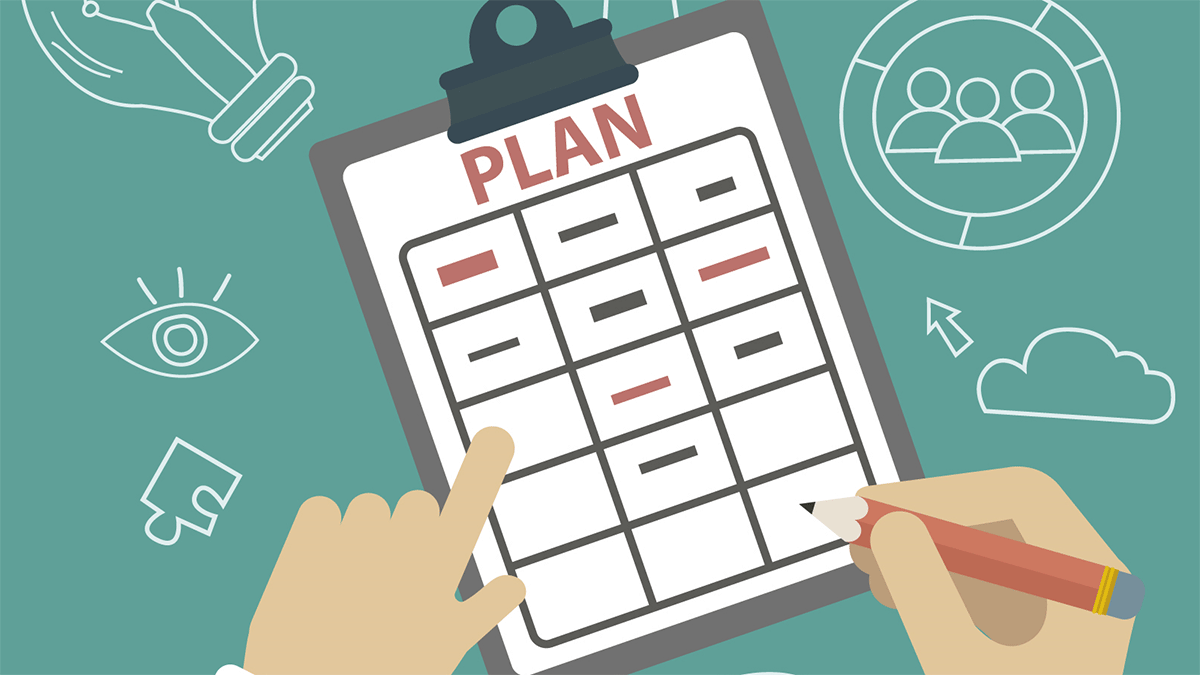A couple years back, I was checking in with the executive director at one of our client organizations. This client had been with us for a little over a year, and we were only a few months into the pandemic. I asked her how it was going. She said, “Jeff, if we hadn’t adopted The Veritus Way and our MGOs hadn’t created a plan for all of their donors before the pandemic hit, it would have been utter chaos.”
She went on to say, “Today, while all of our MGOs are working from their homes and dealing with a new way of working, they know what they have to do. They have a plan. We’ve talked about this in our weekly team meetings. While there’s so much uncertainty, we can do one thing that IS certain… work our plan. It’s probably one of the best things we’ve ever done as an organization.”
Obviously, this was so good to hear – because Richard and I know the power of having a structure for major gifts and how it leads to success. But in times of great uncertainty, fear, and chaos, having a plan brings comfort and a sense of control to every fundraiser that has one for the donors in their portfolio.
Now, some might say, “Well even if I had a plan for every donor, it’s impossible to predict what changes may happen throughout the year, so why bother?”
The answer is that a plan gives you a road map.
In the case of your portfolio, it’s a road map to deepen and develop authentic relationships through meaningful touches and solicitations. All good plans are subject to change depending on the circumstances, but what doesn’t change is your goal to continue to develop those relationships with your donors.
You may have had a plan to sit down face-to-face with a donor in March of 2020 to discuss a project the donor was interested in contributing to. But because of the pandemic, that was no longer possible. Perhaps the project they were interested in had to be put on hold. But because you had been working your plan with the donor prior to your solicitation meeting, you were able to reach out through the phone, and you could discuss a more urgent need the donor could make a gift toward. The donor was receptive because of the relationship you had developed over time.
That’s the beauty of having a strategic plan for every donor… even though the plan changed, because you WORKED the plan previously, you can change direction and still help the donor make a difference.
All of the mid-level, major gifts, and planned giving officers we work with have a strategic plan attached to each of their donors, who are tiered A-C, and have a revenue goal that is cash-flowed. It makes a huge difference in their performance, but especially in times of crisis, it provides clarity, control and purpose to these fundraisers’ daily work.
Perhaps you feel you can’t create a 12-month plan right now for some reason. Richard and I would, at the very least, urge you to create a plan for the donors in your portfolio through the end of summer.
You’ll find that you’ll have much more focus and a sense of calm knowing what you’re doing with your donors. It will help you focus correctly. And, once you’ve created that plan, make sure you communicate that to your manager. Then ask them to meet with you regularly to help make sure you’re keeping on track.
I guarantee you, it will help you be a better fundraiser. And you’ll create deeper and more authentic relationships with your donors.
Jeff
PS — If you’re ready to create strategic communication plans for every major donor, but you’re not sure where to start, check out our free White Paper: Creating Strategic Plans and Goals for Every Major Donor.
This post originally appeared on the Passionate Giving Blog on May 13, 2020.
![When the Plan Changes… You’ll Still Be Glad You Had One A group of fundraisers mapping out a plan [When the Plan Changes... You'll Still Be Glad You Had One]](https://veritusgroup.com/wp-content/uploads/2023/05/AdobeStock_490486602-scaled.jpeg)






0 Comments